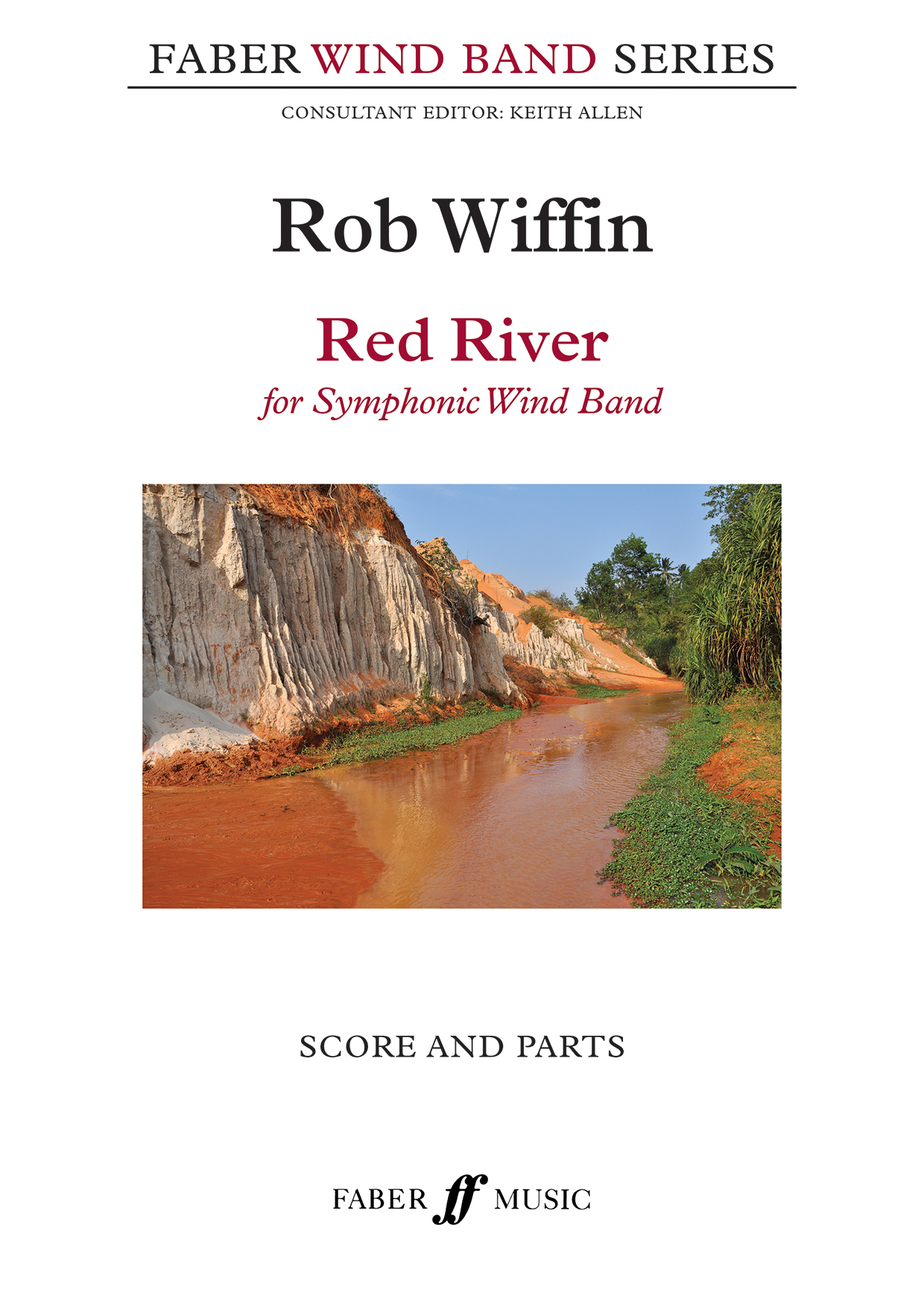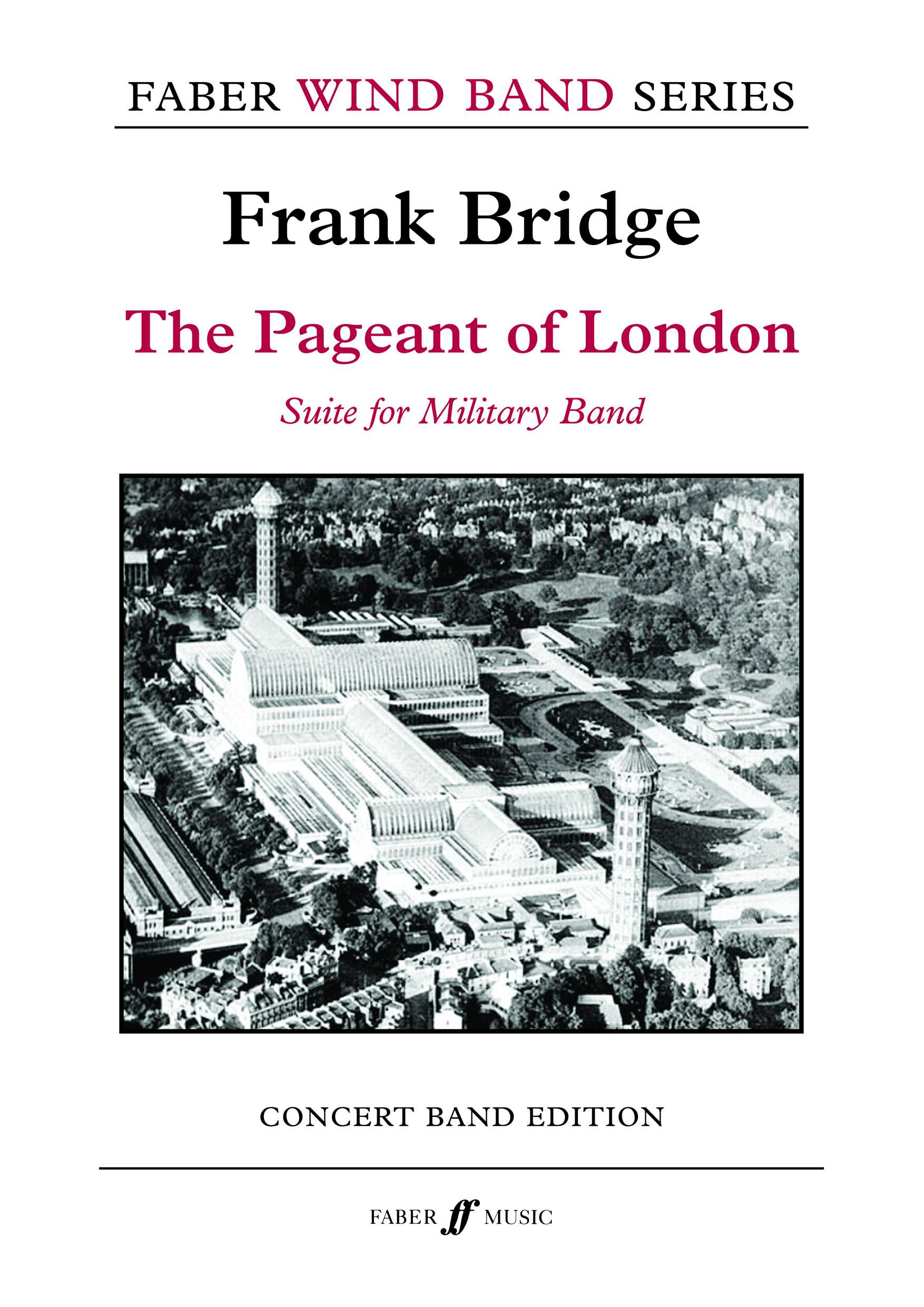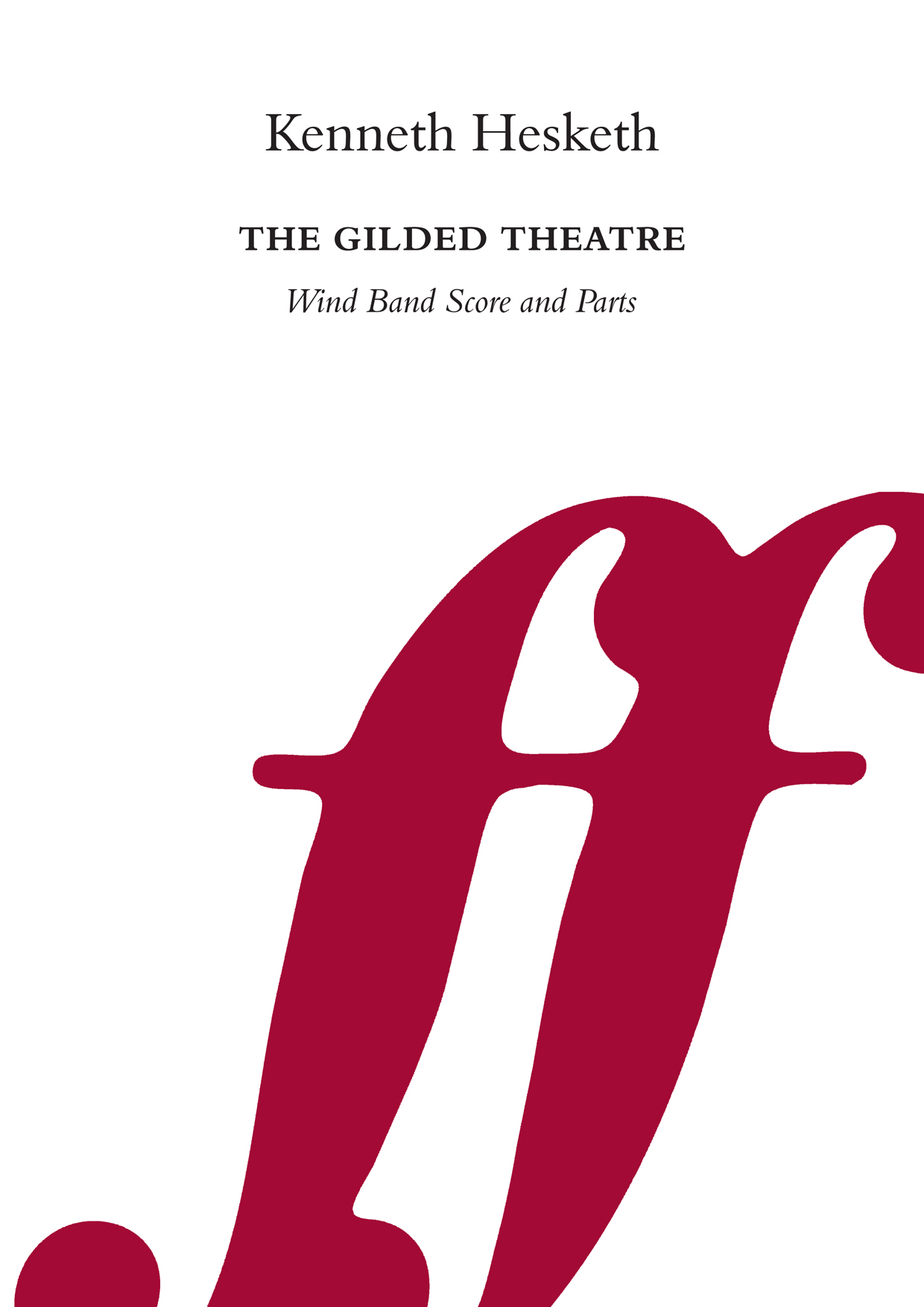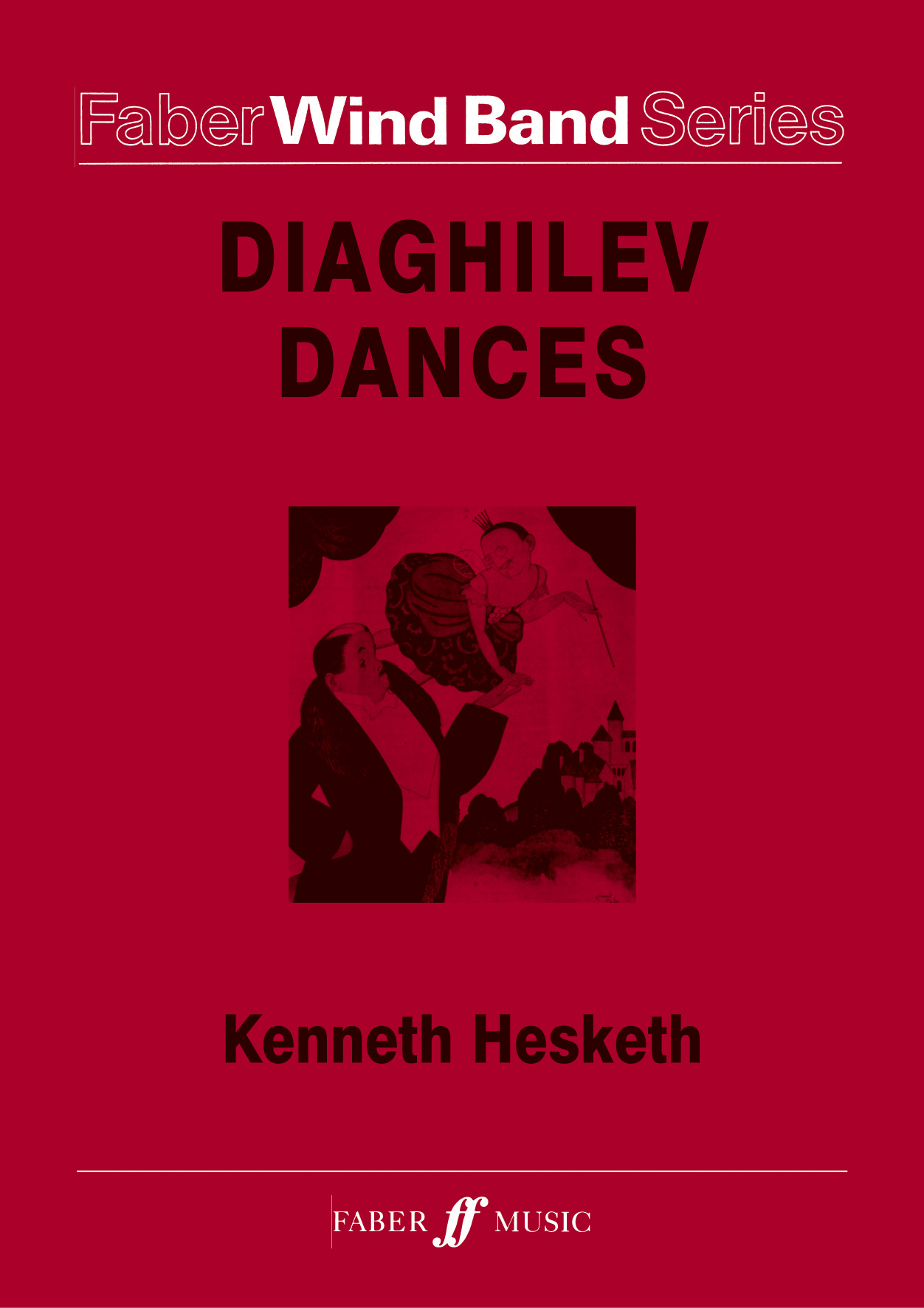Results
-
£64.95
Stai si, defenda! (Stand Up and Defend) - Score and Parts
Stai si, defenda romontsch, tiu vegl lungatg (Stand up, defend your old Romansh language): This composition was named after a quotation from a poem by famous Romansh poet Giachen Casper Muoth. The arrangement deals with various well known songs for male choir such as A Trun sut igl ischi (In Trun under the malpe tree), Si sededesta Rezia (Wake up, land of Raetia), Il pur suveran (The independent farmer) or Il paun palus (The rosted bread). An atmospheric beginning over a pedal point uses quotations from these songs and leads eventually into a dark but warmly orchestrated section on Nossa viarva (Our language) by H. Erni. The piece ends, once more quoting A Trun sut igl ischi by J. Heim, a dedication to struggle for freedom and independence.
Estimated dispatch 7-14 working days
-
£16.50
Stai si, defenda! (Stand Up and Defend) - Score only
Stai si, defenda romontsch, tiu vegl lungatg (Stand up, defend your old Romansh language): This composition was named after a quotation from a poem by famous Romansh poet Giachen Casper Muoth. The arrangement deals with various well known songs for male choir such as A Trun sut igl ischi (In Trun under the malpe tree), Si sededesta Rezia (Wake up, land of Raetia), Il pur suveran (The independent farmer) or Il paun palus (The rosted bread). An atmospheric beginning over a pedal point uses quotations from these songs and leads eventually into a dark but warmly orchestrated section on Nossa viarva (Our language) by H. Erni. The piece ends, once more quoting A Trun sut igl ischi by J. Heim, a dedication to struggle for freedom and independence.
Estimated dispatch 7-14 working days
-
£65.00
Red River - Rob Wiffin
Red River is a piece full of raw energy. The title is about the feeling engendered by the name rather than a reference to a specific place. In the composer's mind it is a river coloured red by the dust of the earth in a hot, sun-drenched landscape. Full of fiery rhythmic drive and syncopation carried along by Latin percussion, performers will enjoy the vigour and verve of the music.Suitable for intermediate level (Grade 3/4) symphonic wind band.
In stock: Estimated delivery 1-3 days
-
£95.00
The Pageant of London - Frank Bridge
Frank Bridge was one of the finest English composers of the first half of the 20th century. The Pageant of London is his only work for wind band, comprising of two marches, one scored from Bridge's best known organ piece and including the chimes of Big Ben, plus three short renaissance pastiche items, one arranged from Playford (later used by Peter Warlock in Capriol Suite). The music is tuneful, approachable and, in the words of wind band 'legend' Timothy Reynish makes a fine alternative to Holst's two suites, which were composed around the same time. Reynish has introduced this work to concert bands right across the world. It has been performed in USA and the Far East, recorded by the celebrated Kosei Wind Orchestra of Japan and also by the BBC National Orchestra of Wales in the Chandos edition of Bridge Orchestral Music.
In stock: Estimated delivery 1-3 days
-
£95.00
The Gilded Theatre - Kenneth Hesketh
The Gilded Theatre was commissioned by the National Youth Wind Orchestra of Great Britain on the occasion of its fortieth anniversary. They gave the first performance on 10th August 2008, at St. John's Smith Square, London conducted by James Gourlay.The Gilded Theatre can, in some ways, be seen as a continuation of dramatic forms as presented in a previous piece by Hesketh, Diaghilev Dances. Unlike the Dances, however the music in The Gilded Theatre is conceived as one continuous span and stretches of music are also subtitled and refer to stock characters or scenarios redolent of the commedia dell'arte or 17th Century French Theatre.The subtitles are Rideau, Les Idiots Ou Les Amants, Le Combat Commence, Desespoir, L'apparition, Folie, La Mort, Rideau. The music narative progresses through dramatic, comedic, romantic and aggressive moods supporting the idea of the abstract play to which the the above subtitles refer. Throughout the piece the composer has sought to challenge the players both technically and emotionally, and it is the players themselves who are in fact the protagonists in the piece.
In stock: Estimated delivery 1-3 days
-
£125.00
Diaghilev Dances - Kenneth Hesketh
As a young musician, Hesketh was spellbound by the sounds and colours of the ballet music commissioned for the Ballets Russes company by Serge Diaghilev-- the great ballets by Stravinsky, Debussy, Ravel and Prokofiev. Diaghilev Dances is Hesketh's homage to this great legacy, which he describes as 'a miniature ballet consisting of an introduction, three dances and three entr'actes'.
In stock: Estimated delivery 1-3 days
-
 £37.37
£37.37Over London Bridge (Wind Band) English Trad. arr. Andrew E. Lawson
Inspired by early works for wind band by British composers Gustav Holst and Ralph Vaughan Williams, this charming concert work is based on an English folk song called As I walked over London Bridge. The arranger Andrew E Lawson writes: 'While I found this folk melody in a set of cello etudes written by Vaughan Williams, it was text that solidified my decision to use this melody, and it is the text that brings some insight into the nature of this folk melody, as well as the nature of the additional original melodies and harmonies throughout the piece.' To view a rolling score video of the work please visit https://www.youtube.com/watch?v=oFWGJWbvqjM Sheet music available from : UK: www.wind-band-music.co.uk USA: www.cimarronmusic.com Difficulty Level: Medium Advanced Instrumentation: Flute 1-2 Oboe Bassoon Clarinet in Bb 1-3 Bass Clarinet in Bb Alto Saxophone 1-2 Tenor Saxophone Baritone Saxophone Trumpet in Bb 1-3 Horn in F 1-4 Trombone 1-2 Bass Trombone Euphonium Tuba Timpani Percussion 1-3
In stock: Estimated dispatch 1-3 days
-
 £56.06
£56.06Suite - A Renaissance Christmas (Wind Band) Kevin Norbury
VIEW SCORE PDF This magnificent festive suite was written by Kevin Norbury for the Pierre Elliott Trudeau High School Wind Symphony and features three well known carols set in a Renaissance style. Three contrasting movements comprise the work: i. Processional (Personent hodie - On this day earth shall ring) This is a short piece imagining a torchlight Yuletide procession (perhaps bearing the traditional roasted wild boar), using a well-known Christmas melody from the large collection of music compiled in the 16th century called Piae Cantiones (1582). The tune is presented twice with accompanying, related melodic material. ii. Pastorale (Quem pastores laudavere - Shepherds sang their praises o'er him) This is a 14th-century melody which was originally collected by Michael Praetorius at the end of the 16th-century. The treatment throughout is very lyrical without overly complex harmonies. The melody is heard three times with brief linking episodes and a short coda. iii. Celebration! (In dulci jubilo - In sweet celebration - Ding-dong merrily on high) This magnificent 13th-century melody was also a part of Michael Praetorius's collection. It is traditionally associated with the words 'Good Christian men, rejoice!' The opening is a straight transcription of the great chorale prelude for organ by J.S. Bach. After the grandeur of the opening, the tune is heard in more of a 'folky' style. A lot of related melodic material is then presented before the tune Ding-dong merrily on high is heard. After another episode of previously used music In dulci jubilo reappears in a joyful conclusion to the piece. Sheet music available from : UK: www.wind-band-music.co.uk USA: www.solidbrassmusic.com Difficulty Level: Medium Instrumentation: Piccolo Flute Oboe Bassoon Clarinet in Bb 1-2 Bass Clarinet in Bb Alto Saxophone in Eb 1-2 Tenor Saxophone in Bb Baritone Saxophone in Eb Trumpet in Bb 1-2 Horn in F 1-2 Trombone 1-2 Bass Trombone Euphonium Tuba Double Bass Timpani Glockenspiel Tubular Bells Tambourine Snare Drum Tenor Drum
In stock: Estimated dispatch 1-3 days
-
 £37.37
£37.37Celebration! (In Dulci Jubilo) (Wind Band) Kevin Norbury
VIEW SCORE PDF This rousing and pulsating work by Kevin Norbury forms part of the suite A Renaissance Christmas, also published by BrookWright Music. It is based on three popular carols - In Dulci Jubilo, Good Christian men, rejoice! and Ding-dong merrily on high. This magnificent 13th-century melody was also a part of Michael Praetorius's collection. It is traditionally associated with the words 'Good Christian men, rejoice!' The opening is a straight transcription of the great chorale prelude for organ by J.S.Bach. After the grandeur of the opening, the tune is heard in more of a 'folky' style. A lot of related melodic material is then presented before the tune Ding-dong merrily on high is heard. After another episode of previously used music In Dulci Jubilo reappears in a joyful conclusion to the piece. Sheet music available from: UK: www.wind-band-music.co.uk USA: www.solidbrassmusic.com Difficulty Level: Medium-Easy Instrumentation: Piccolo Flute Oboe Bassoon Clarinet in Bb 1-2 Bass Clarinet in Bb Alto Saxophone in Eb 1-2 Tenor Saxophone in Bb Baritone Saxophone in Eb Trumpet in Bb 1-2 Horn in F 1-2 Trombone 1-2 Euphonium Tuba Double Bass Timpani Glockenspiel Tubular Bells Tambourine Snare Drum Tenor Drum
In stock: Estimated dispatch 1-3 days
-
£95.00
Milord (CB) - Marguerite Monnot & George Moustaki - Mathias Vleugels
"Milord" is a 1959 song (lyrics by Georges Moustaki, music by Marguerite Monnot), famously sung by dith Piaf. It is a chanson that recounts the feelings of a lower-class "girl of the port" who develops a crush on an elegantly attired apparent upper-class British traveller (or "milord"), whom she has seen walking the streets of the town several times (with a beautiful young woman on his arm), but who has not even noticed her. The singer feels that she is nothing more than a "shadow of the street".
Estimated dispatch 7-14 working days




